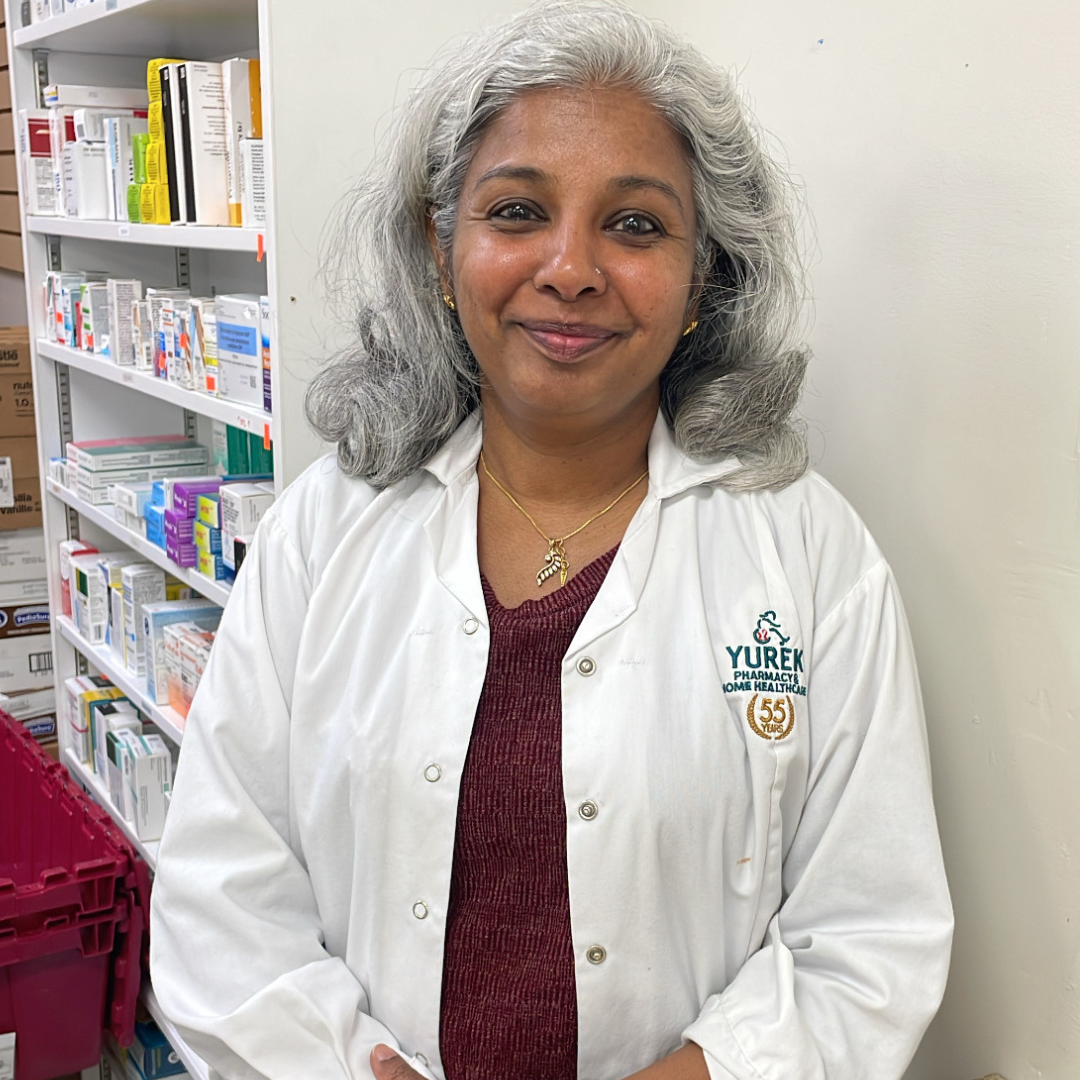By Vishal Mehta, Pharmacist
Acne is the most common skin condition seen by health professionals in practice. It occurs when the pores of the skin get blocked by dead skin cells and result in accumulation of sebum produced by oil glands of the skin.
Specific bacteria that normally reside within skin pores may also contribute to the blocking of the pores and cause acne spots that are red, swollen and may be accompanied by pus. These spots are also referred to as pimples, whiteheads or cysts and usually appear on the face and neck. Occasionally acne may also affect the shoulders, back or upper arms.
The mechanism leading to acne is overactive oil glands, which produce more sebum and contribute to the blockage of skin pores. There are several factors/triggers that lead to this, and they vary from person to person.
- Genetics can play a role, where you are more likely to develop acne if one or both of your parents had acne.
- The use of certain cosmetics can cause the clogging of pores and lead to acne.
- The pressure from tight clothing, or body equipment like a helmet or chin strap, can lead to acne at the point of contact.
- Certain medications can lead to a flare-up of acne.
- Some foods that are excessive in sugar and oil can also breakout.
Treatment of acne typically includes using topical (external) antibiotics, vitamin A derivatives and/or anti-inflammatory medications. In some cases, oral medications may also be used. Hormonal agents such as oral contraceptives are usually used in moderate to severe cases.
It is important to use prescribed medication for acne regularly and for as long as indicated. Acne may get worse before it gets better, once treatment is initiated. Many acne medications can cause dryness, flaking or peeling of skin, which can be offset by using a good moisturizer.
Regardless of the severity or type of acne, seeking medical attention is advisable, as acne is a manageable condition.








